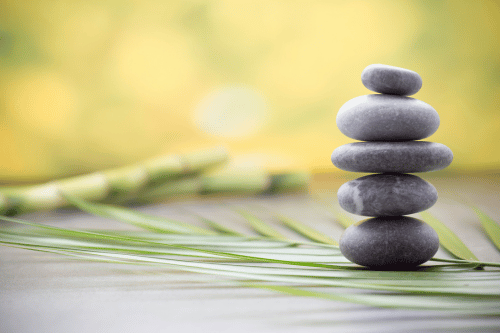

Wellbriety meetings are a vital resource for individuals seeking recovery from substance abuse within a framework that honors Native American culture and spirituality. With roots grounded in tradition, these gatherings provide a safe place where people come together to heal from the effects of alcohol, drug use, grief, and trauma. The word “Wellbriety” blends “wellness” and “sobriety,” emphasizing a balanced life rooted in cultural identity, mental health, and spiritual growth.
Wellbriety meetings offer a supportive environment for individuals to share experiences and seek recovery through traditional practices. Unlike conventional approaches, Wellbriety includes elements such as the Medicine Wheel, drum circles, sweat lodge ceremonies, and meditation. These tools reconnect participants with their heritage, while also addressing the impact of substance abuse, unhealthy behavior, and intergenerational trauma.
Founded by Don Coyhis, a member of the Mohican Nation, the Wellbriety movement was developed as an alternative to programs like Narcotics Anonymous, blending spiritual and cultural healing with modern addiction recovery methods. Today, it plays a transformative role in communities across South Dakota, Michigan, Indiana, Idaho, New Mexico, and Ontario.
Traditional Western models often overlook the unique experiences of Native American communities. Wellbriety meetings restore cultural pride and provide a sense of belonging. Practices like the drum circle, sweat lodge, and medicine wheel are central, emphasizing balance among the four aspects of human life—physical, mental, emotional, and spiritual.
Healing in this context includes not only the individual, but the family, community, and even ancestral wounds. Participants often reflect on grief caused by loss, prison, addiction, and generational trauma. These meetings aim to rebuild identity through tradition and community support.
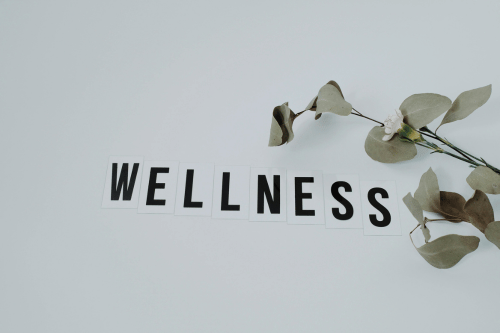
The meeting schedule for Wellbriety varies by location, often hosted at a community center, United Methodist Church, or health facility. In Denver, South Dakota, and Michigan, Wellbriety meetings are held weekly, incorporating ceremony, storytelling, and peer support. Some meetings include time for meditation, others for teachings from elders or topics from The Red Road to Wellbriety book.
Attendees include those struggling with alcohol or drug use, as well as individuals working through mental health challenges, grief, or reentry after prison. These gatherings provide a safe place for individuals and family members to heal together. Some meetings are led by tribal members from groups such as the Sioux, with a focus on traditional medicine and behavioral teachings passed down through generations.
Drumming, singing, and the use of cultural tools such as the drum or sacred herbs may be included in the session structure. In places like Willow, New Mexico, and Idaho, Wellbriety meetings often include circle discussions that foster emotional release and community bonding. Leaders like Trina help organize the meeting schedule with an emphasis on reconnecting with culture and breaking cycles of substance abuse.
The Medicine Wheel is a key teaching in Wellbriety meetings. Each direction—North, South, East, and West—represents a different stage of life and aspect of healing. In Wellbriety, emphasis is placed on using this circle for balance and change.
The Medicine Wheel teaches that healing must be holistic. A patient dealing with substance abuse must address not only the physical withdrawal, but also emotional pain, spiritual disconnection, and psychological wounds. This multidimensional model is what sets Wellbriety apart from standard clinical care.
Teachings often reflect the experiences of Native American communities, including those from Ontario, Indiana, and South Dakota. Traditional practices like the sweat lodge, drum circle, and fire ceremonies are aligned with each quadrant of the Medicine Wheel, allowing participants to move through grief, trauma, and behavioral patterns. Inspired by leaders like Don Coyhis, this model invites individuals onto a new road of healing, guided by culture, medicine, and community.
Many Wellbriety participants are formerly incarcerated or currently in recovery inside prison systems. In these settings, Wellbriety brings meaning and structure, often becoming a bridge between confinement and freedom. Inmates may learn drum songs, practice meditation, or join sweat lodge ceremonies.
This reintroduction to culture gives people in prison a way to reconnect with self and purpose. By participating in Wellbriety meetings, they gain tools to resist returning to substance abuse after release. States like Indiana, Idaho, and South Dakota have incorporated the program into correctional treatment plans.
Addiction impacts more than just the individual—it deeply affects the family and community. Wellbriety meetings encourage family involvement and community engagement as part of the healing process. Through sharing circles and ceremonial gatherings, families learn to support each other and rebuild trust.
In places like Ontario and New Mexico, community-led Wellbriety circles have grown into full support networks. These include drum circles, craft workshops, and family meals that strengthen relationships and prevent relapse. This cultural engagement improves both health and resilience in recovery.
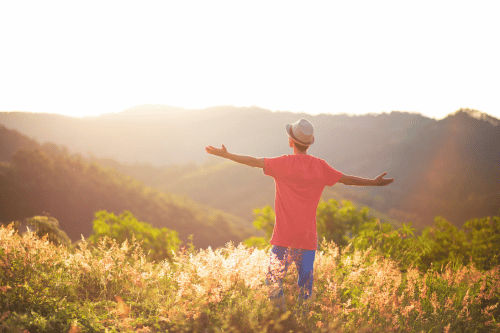
Many who join Wellbriety meetings carry deep grief, often tied to family loss, abuse, or separation due to addiction. These emotional wounds influence future behavior, creating cycles of self-destruction. Wellbriety gives space to grieve in culturally meaningful ways—singing songs, telling stories, or lighting sacred fires.
This approach is particularly healing for the Sioux and other Native American tribes, where tradition holds powerful tools for emotional release. The goal is not just sobriety, but the restoration of spirit, relationships, and community integrity.
Cities like Denver and Willow, along with rural areas in Michigan and Indiana, have seen growth in Wellbriety participation. Tribal councils, community centers, and churches like the United Methodist Church have embraced the model as a local response to addiction, substance abuse, and broken family structures. These regions often include Native American populations, including members of the Sioux and other tribal groups committed to reclaiming their cultural practices.
People like Trina, a recovery leader in New Mexico, have used Wellbriety to help entire neighborhoods rise above generational trauma. With support from tribal elders and recovery staff, she organizes Wellbriety meetings that include youth programs, drumming workshops, medicine wheel teachings, and elder circle gatherings. Communities across South Dakota, Ontario, and Idaho have also seen similar growth, using tools like the sweat lodge, meditation, and cultural storytelling to rebuild mental health, prevent relapse, and support formerly incarcerated individuals reentering from prison.
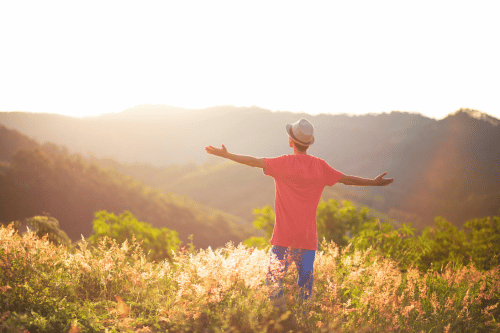
At Sullivan Recovery in Mission Viejo, California, we understand the power of culturally informed healing. While we are not a tribal program, our outpatient treatment services for alcohol and drug addiction incorporate holistic tools that align with the values of Wellbriety. This includes meditation, family education, and community-building grounded in respect, dignity, and balance.
We believe that offering a safe place for healing—regardless of background—is essential. Clients who identify with Native American traditions are supported in maintaining those practices alongside our therapeutic care. Our staff recognizes the value of cultural identity in strengthening long-term sobriety, improving emotional behavior, and restoring health through an approach that mirrors principles taught by Don Coyhis and seen across Wellbriety meetings in South Dakota, Michigan, Indiana, and beyond.
Wellbriety meetings are held in states like South Dakota, Idaho, Michigan, Indiana, New Mexico, and Ontario. You can often find them hosted at a community center, tribal office, or faith-based venue such as a United Methodist Church. Each location may have a different meeting schedule, with some including drum circles, medicine wheel teachings, and traditional sweat lodge ceremonies guided by Native American elders.
These meetings serve individuals struggling with substance abuse, those healing from grief, and returning citizens reentering after prison. In some areas, such as Denver and Willow, gatherings are led by members of the Sioux or other local tribes, offering culturally grounded tools for mental health, behavior, and spiritual alignment. Participants—whether youth or elder, patient or peer—experience a safe place for transformation that often includes meditation, drumming, and family-based support.
If you’re in California and looking for additional support in your recovery, Sullivan Recovery can provide structured outpatient care, relapse prevention, and one-on-one therapy that complements spiritual healing. Whether you’re on the road to recovery through Wellbriety or other means, we’re here to support your health, identity, and long-term sobriety.
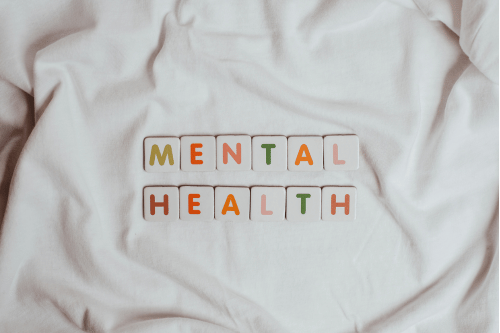
Wellbriety meetings offer a culturally rooted path to recovery that connects the spiritual, emotional, physical, and mental aspects of healing. For many Native American individuals, they serve as a life-saving alternative to conventional treatment, grounded in the Medicine Wheel, drum circles, and family traditions. The teachings of Don Coyhis and the circle format empower individuals to confront trauma, restore dignity, and shift behavior through cultural wisdom.
Whether held in Denver, Michigan, South Dakota, or beyond, these meetings provide a safe place for healing from substance abuse, alcohol dependency, and grief. Some meetings take place in Indiana, New Mexico, Ontario, or tribal venues in Idaho, often supported by the United Methodist Church and local community leaders like Trina. Ceremonies may involve medicine, meditation, drumming, and stories shared across generations.
At Sullivan Recovery, we honor the principles of Wellbriety by creating a healing space that values culture, community, and wellness. If you’re seeking help, contact us today. We welcome all on the road to sobriety—wherever your journey begins.
White Bison, Inc. (Official Wellbriety Organization)
Substance Abuse and Mental Health Services Administration (SAMHSA)
National Institute on Drug Abuse (NIDA)
Indian Health Service (IHS)
At Sullivan Recovery, as an in-network provider we work with most insurance plans, such as:
And More
If you or a loved one are struggling with mental health challenges or substance abuse, reach out to Sullivan Recovery today. Our team of compassionate professionals is here to support your journey towards lasting well-being. Give us a call at 949-836-7180.
No. While Wellbriety meetings are rooted in Native American cultural practices, they are open to anyone seeking healing from substance abuse, alcohol use, grief, or trauma. Respect for the traditions and values of the circle is encouraged for all participants.
Many Wellbriety meetings use The Red Road to Wellbriety book, recovery workbooks, and culturally-based teachings. Some gatherings may include sacred items like drums, sage, or visual aids that reflect the Medicine Wheel or tribal teachings.
Yes. In some regions, Wellbriety is accepted as a complementary or alternative recovery support method by tribal courts, probation officers, and treatment centers. It is particularly used in culturally responsive programs for Native American clients.
Yes, but it is recommended to go through official training offered by White Bison, Inc. to ensure cultural accuracy and respect. Training covers how to lead meetings, use the Medicine Wheel teachings properly, and build a safe healing environment.